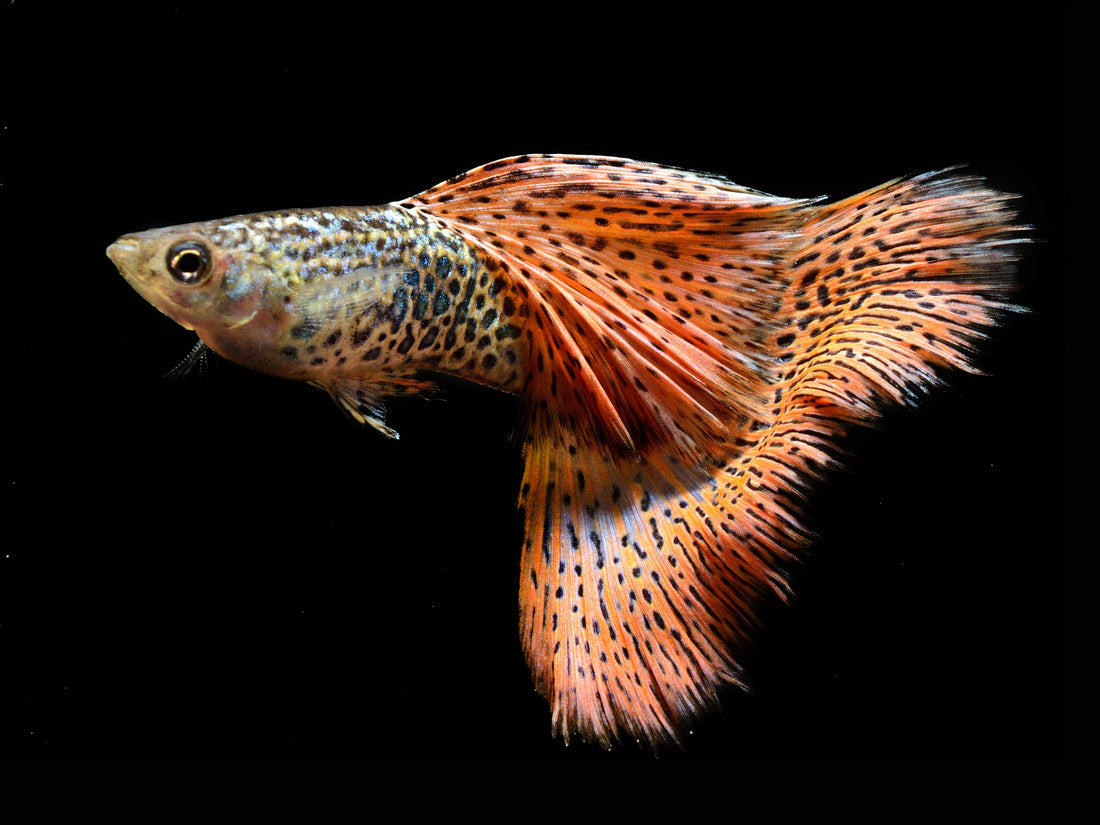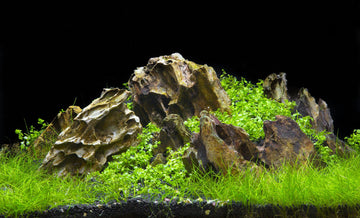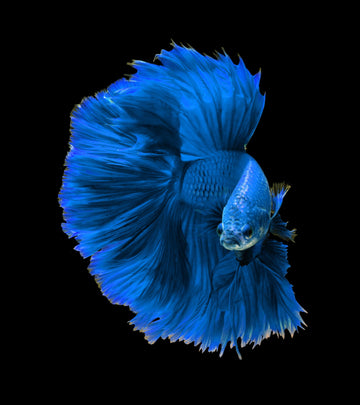The History of Guppy Fish

History of Guppy Fish
Guppy Fish also known as Poecilia reticulata, is a small, brightly colored tropical fish that is native to the rivers and streams of northern South America and the Caribbean. The history of guppy fish can be traced back to the late 1800s, when British naturalist Robert John Lechmere Guppy first discovered the fish in the rivers of Trinidad and Tobago. He found the fish in the Aripo River, which runs through the Northern Range of Trinidad.

John Lechmere Guppy (1836-1916)
Origins in the Amazon Basin

Guppy fish, native to the Amazon Basin in South America, have a history that dates back to the 19th century. They were first discovered in Venezuela and Trinidad, where they thrived in the warm, tropical waters of slow-moving streams, ponds, and canals. Guppies' natural habitat played a pivotal role in shaping their distinctive features and behavior.
Introduce Guppy to the European

Guppy fish was first introduced to the European aquarium trade in 1866 by Lechmere Guppy, who sent live specimens to his friend and fellow naturalist, Albert C. L. G. Günther, at the British Museum of Natural History. These fish quickly became popular among aquarium enthusiasts for their bright colors and ease of care. At that time, the fish was known as Lechmere Guppy's fish, in honor of its discoverer.
Become Popular in the US
In the early 1900s, guppy fish were first imported to the United States and quickly gained popularity among American fish keepers as well. The first guppy breeding clubs were established in the United States in the 1920s and 1930s, and the first guppy show was held in New York City in 1933. This marked the beginning of guppy breeding and showing as a hobby. The first guppy show had only two classes, wild-type, and fancy-tail.
Gain Worldwide Recognition

Throughout the 20th century, guppy fish breeding and showing became a popular hobby, and many different strains and varieties of guppies were developed. In the early days, guppies were mainly developed for their tail shape, size, and color. Later on, new traits such as dorsal fin shape, body shape, and color patterns were incorporated into guppies. Today, there are hundreds of different strains of guppy fish, each with unique colors, patterns, and fin shapes.
Conservation Efforts
As guppy fish populations in the wild face threats from habitat destruction and invasive species, conservation efforts have been initiated to preserve their genetic diversity and natural habitats. Breeding programs and reintroduction projects aim to protect these charming fish and their ecosystems.
Conclusion
In addition to being popular among aquarium enthusiasts, guppy fish are also used as model organisms in scientific research, particularly in the fields of genetics, evolution, and ecology. Guppies have been used to study a wide variety of biological phenomena, including sexual selection, predator-prey dynamics, and adaptation to different environments. Today, guppy fish are found in many different parts of the world, and they continue to be popular among fish keepers and scientists alike.
No comments











0 comments